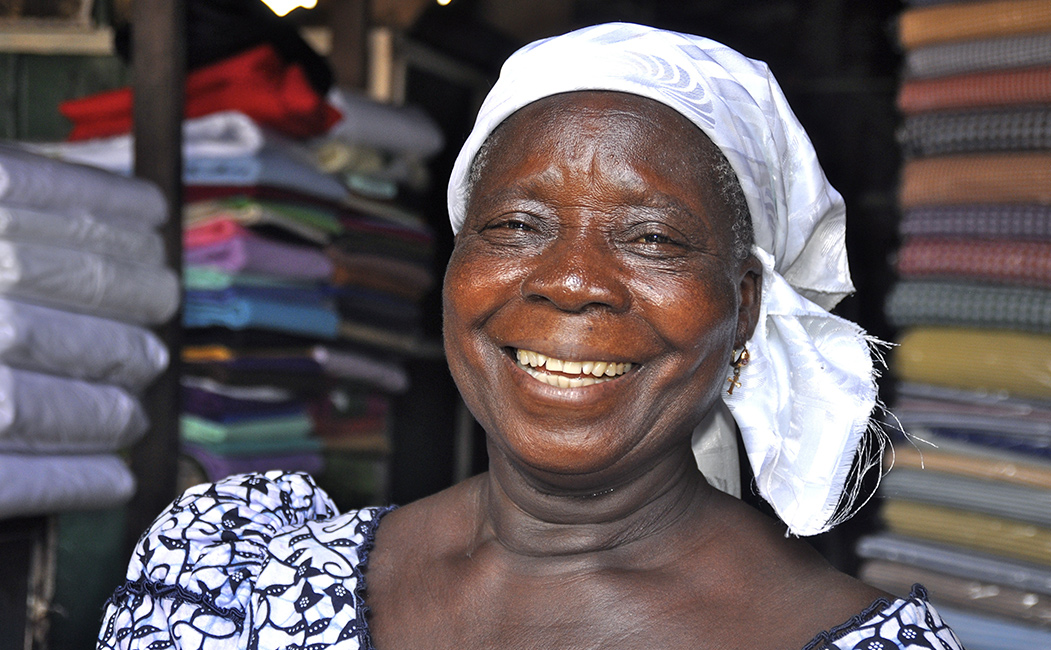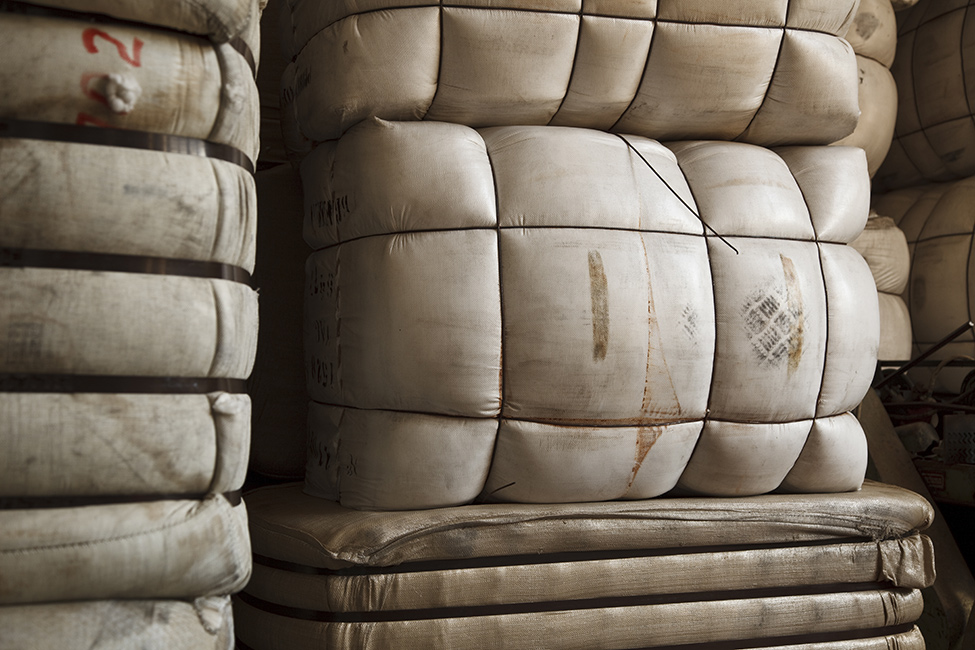The benefits of secondhand clothing exports and what it means to third world economies.

Article by: Written by Alexis Todorovski, National Executive of Business Development and Communications
There is a lot of value and embodied resources in secondhand clothing (i.e. the water, energy and human labour it takes to make clothes), so it makes sense to extend their life for as long as possible through reuse. Ideally, that extension of life would occur in Australia, however there is so much secondhand clothing that goes through the donation process that isn’t reused again. This is the reason why export is so crucial to Australia’s reuse and recycling system.
Secondhand clothing export is in line with the latest waste hierarchy used by global leaders and policy makers because it is the avenue for Australia to reuse as much excess material as possible, that is still in good condition, where it’s needed most anywhere in the world. Reuse is the least energy intensive alternative, meaning it’s much better for the environment, and should be exhausted before recycling. The processes reputable textile reuse and recycling organisations like SCRgroup employ, ensures that material not fit for reuse is filtered out and down-cycled into wiper rags or converted into biofuels at several points within their sustainable supply chain. This means that only the highest quality clothes are landing in end markets and what needs to be recycled, is being recycled.
The benefits to secondhand clothing exports in third world countries are favourable. For example, the Institute of Economic Affairs Kenya released a study in April 2021 that found the used clothing textile industry was crucial to Kenya’s economy, with two million people being directly employed and thousands of other jobs created by it in sectors such as transport. This increases private incomes and helps to reduce high levels of poverty in the country. It estimated that 91.5% of households in Kenya buy second-hand clothes valued at $12 AUD or less, which represents about 2.5% of their income, allowing them to spend more on essentials such as accommodation, education and food.
Additionally, secondhand clothing exports generates $149 million AUD from import taxes alone every year for the Kenyan Government. First world countries like Australia being able to contribute to third world economies in this way is very constructive because it’s a way to assist third world countries to generate their own wealth and sustain it.
One argument against secondhand clothing exports cites that clothes being sent offshore are in poor condition or there is too much being sent, and the consequence is that these clothes are ending up in landfill offshore. High landfill rates are not a result of export, but rather indicative of poor/non-existent waste management policies ultimately leading to higher landfill volumes of all waste types.

Australia is actually experiencing this same reality and with a low textile recycling rate of just 12%, as cited in a recent Blue Environment report, Australians are throwing away 800 million kilograms of new and used clothing into landfill every year (equivalent to the weight of 19,500 commercial planes). It’s not our imports that are to blame; it’s our lack of awareness and education of the detrimental impact clothes have on the environment if we throw them away, along with inefficient access to services designed to capture material like clothes otherwise destined for landfill.
Having mentioned the above, there is a notable increase of material of poorer quality not fit for reuse and is being filtered out here in Australia and at sorting houses, largely as a result of fast fashion, so more material is being processed for recycling. This does highlight the need for fibre-to-fibre recycling technologies at every relevant point of the supply chain where clothes are categorised for recycling, here in Australia and offshore. By addressing every point of the supply chain where we can maximise textile recycling and reduce what’s going into landfill here and globally, we can create the greatest impact for our environment.
SCRgroup has advocated to Federal Government that Australia needs to draw on learnings from countries that have implemented waste management policies that have seen textile recycling rates skyrocket. For example, France legislated that for every 1,500 inhabitants there must be one textile collection point. Over a 7-year period, France tripled their recycling rate. To assist third world countries, or any country with a low textile recycling rate, Australian Government can also advocate for successful strategies to be implemented where our secondhand exports end up, so we can help end markets build infrastructure and systems to further support and benefit their economies.
